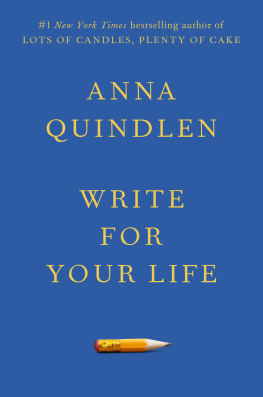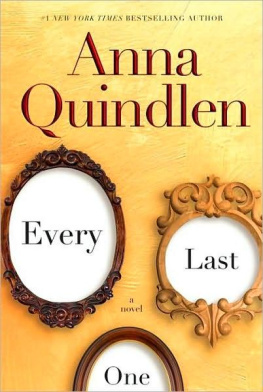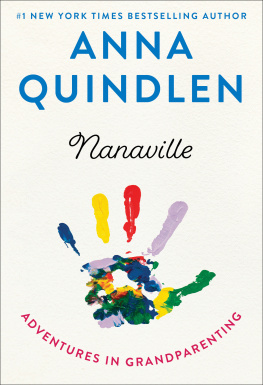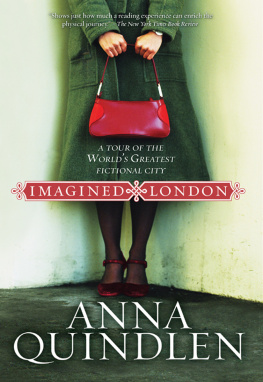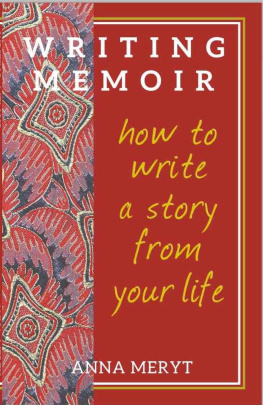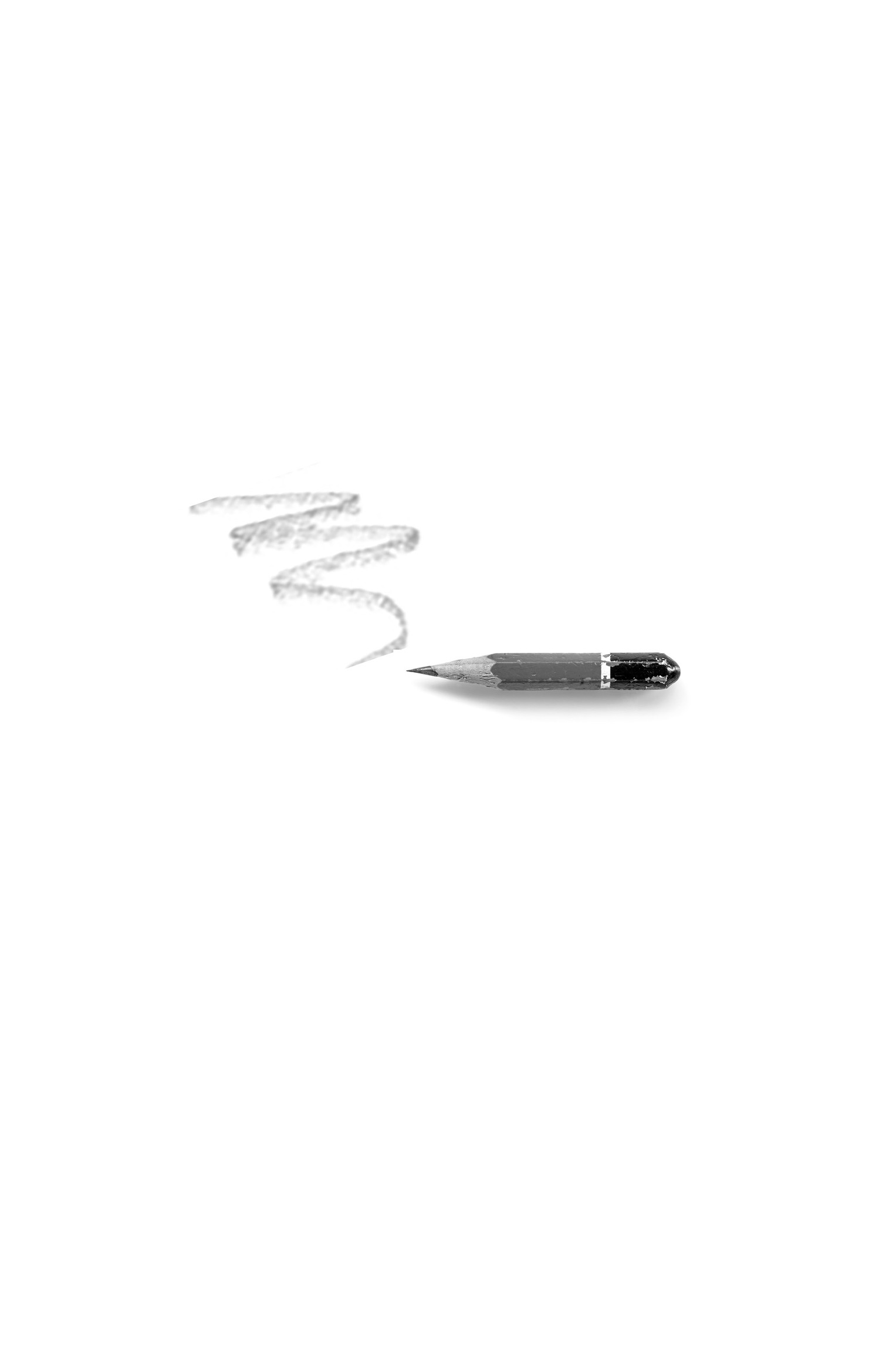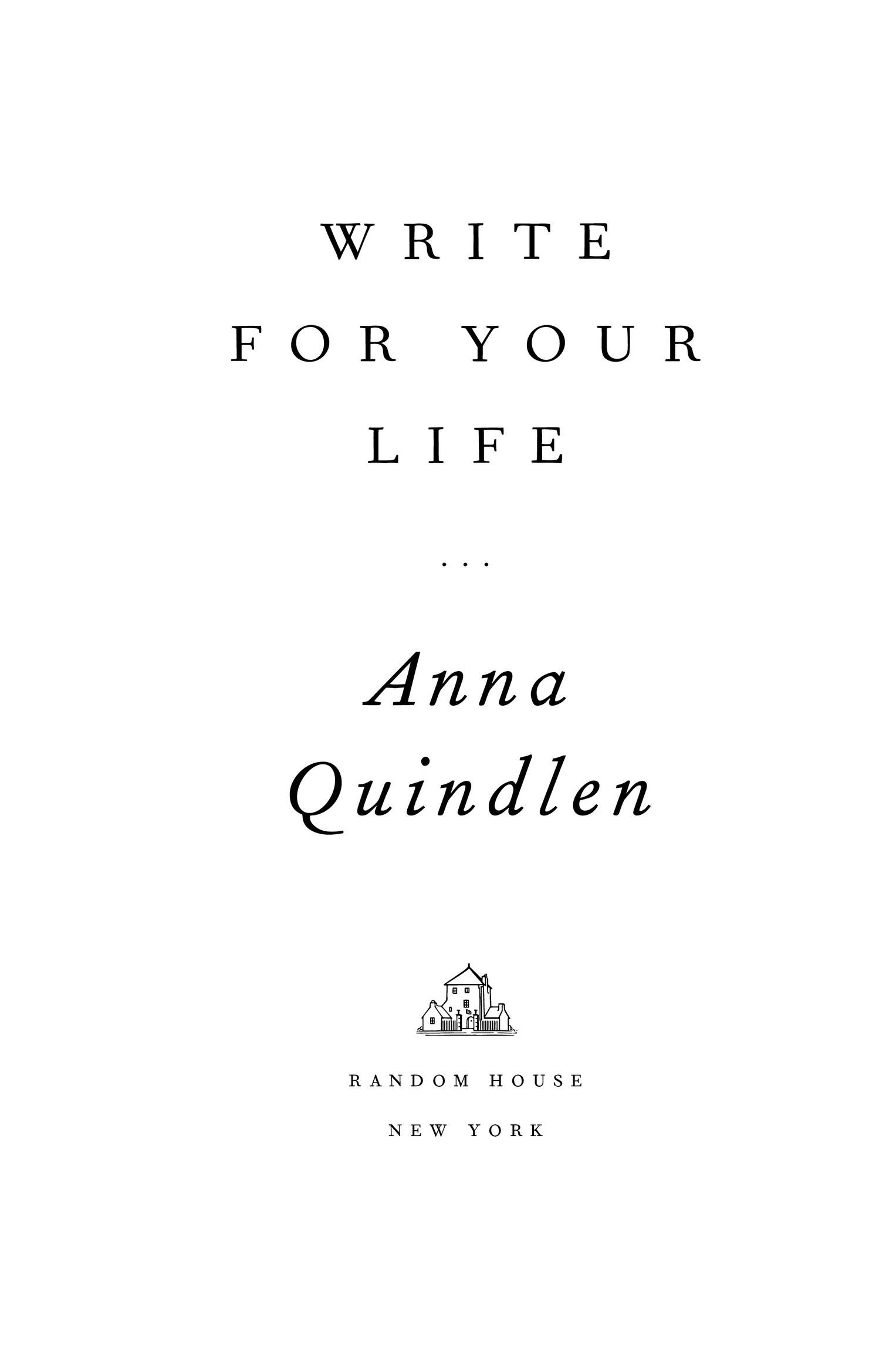Contents
Landmarks
Print Page List
Copyright 2022 by Anna Quindlen
All rights reserved.
Published in the United States by Random House, an imprint and division of Penguin Random House LLC, New York.
Random House and the House colophon are registered trademarks of Penguin Random House LLC.
Grateful acknowledgment is made to Doubleday, an imprint of the Knopf Doubleday Publishing Group, a division of Penguin Random House LLC, for permission to reprint an excerpt from The Diary of a Young Girl: The Definitive Edition by Anne Frank, edited by Otto H. Frank and Mirjam Pressler, translated by Susan Massotty, translation copyright 1995 by Penguin Random House LLC. Used by permission of Doubleday, an imprint of the Knopf Doubleday Publishing Group, a division of Penguin Random House LLC.
Library of Congress Cataloging-in-Publication Data
Names: Quindlen, Anna, author.
Title: Write for your life / Anna Quindlen.
Description: New York: Random House, 2022.
Identifiers: LCCN 2021039050 (print) | LCCN 2021039051 (ebook) | ISBN 9780593229835 (hardcover) | ISBN 9780593229842 (ebook)
Subjects: LCSH: Authorship.
Classification: LCC PN147 .Q56 2022 (print) | LCC PN147 (ebook) | DDC 808.02dc23/eng/20211118
LC record available at https://lccn.loc.gov/2021039050
LC ebook record available at https://lccn.loc.gov/2021039051
Ebook ISBN9780593229842
randomhousebooks.com
Title-page art from iStock
Book design by Barbara M. Bachman, adapted for ebook
Cover art direction: Greg Mollica
Cover design: Ben Denzer
Cover image: Image Source/Getty Images
ep_prh_6.0_139683237_c0_r0
Contents
I have to write to discover what I am doing.
Flannery OConnor
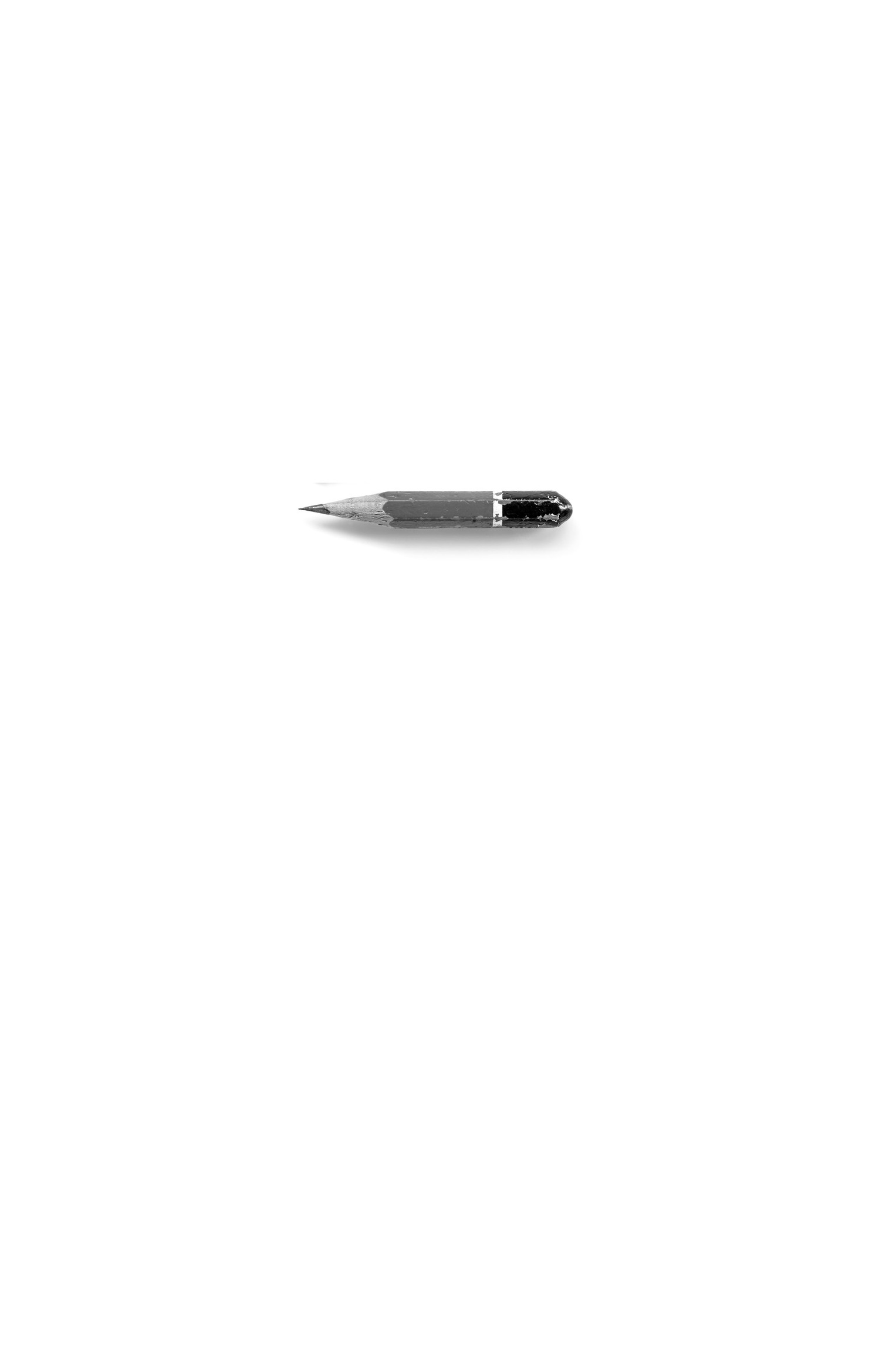
Infinitive
One Friday in mid-June many years ago, a girl leapt from her bed and went into her parents room, then downstairs. In the living room her family gathered so that she could open her presents. Thirteen. Its a birthday of moment, the first teenage year, the beginning of becoming a woman and an adult.
Perhaps as a suggestion of that becoming, she was given a brooch. Perhaps as a reflection of her role as the youngest, the child, she was given a jigsaw puzzle and some candy. But the present she liked best was given to her by her mother and father. It was a diary covered in red-and-white plaid cloth. She called it Kitty. On the first page she wrote, I hope I shall be able to confide in you completely, as I have never been able to do in anyone before, and I hope that you will be a great support and comfort to me.
It was 1942. By 1945 the girl would be dead of typhus, murdered really, and Kitty would be on her way to becoming a kind of literary living legend.
The girl was Anne Frank, the daughter of Reform Jews living in Amsterdam. Less than a month after that birthday, Anne took Kitty with her into hiding in an attic area used for storage atop her fathers business offices. The four of us were wrapped in so many layers of clothes it looked as if we were going off to spend the night in a refrigerator, she wrote, and all that just so we could take more clothes with us. No Jew in our situation would dare leave the house with a suitcase full of clothes.
Its so amazing, a girl once said to me when I was speaking at a middle school book fair, that a thirteen-year-old girl was able to write a bestselling book.
What sometimes gets lost, in the many decades since her father first published Anne Franks diary, in the millions upon millions of copies it has sold in dozens of languages, is that when she first began, Anne Frank wasnt writing a book. She was talking to herself. And she was talking to herself in a way that any of us can do too. She was finding solace in writing her life, her thoughts and feelings, day after day. Words to live by.
Anne Frank was living through an extraordinary experience, an extraordinary time, an extraordinary horror, and to ground herself she was committing everything to paper, much of it not particularly profound. The curtains at the windows, the cupboard to hide the door. She writes about how everyone thinks she is badly behaved, about how much she hates algebra and geometry. Eventually she ran out of space in the birthday diary and continued in exercise books and accounting ledgers from the office below. In some ways she sounds like a typical teenager: a mother who doesnt understand her, a boy she wants to be alone with. In others, surely not: the toilet that cannot be flushed for the entire day, the enforced silence to forestall the unexpected footsteps on the stairs, the sound of those footsteps evoking terror because of what the family Frank has heard is happening in the world outside the attic.
But Annes diary is also instructive about how writing, for anyone, for everyone, for you and for me, can normalize the abnormal and feed the spirit, whether during exceptional moments of history or just ordinary moments of everyday life. For those far along in the span of their lifetimes, writing offers an opportunity to look back, a message in a bottle that says, This was life. This was how it was, this was who I was. For young people like Anne, its a way of understanding yourself, hearing your own voice, puzzling out your identity.
Journals and diaries were once a given for girls of a certain age; many a woman has cleaned out the childhood bedroom in which she once shut out the world and discovered a world within, within the pages of a forgotten book festooned with flowers or covered in fabric, written in a hand recognizable but perhaps hardened by the years. We cringe; we read. Is this really who we once were? Yes, it is.
In fact it is part of how we discovered who we once were, by writing it down for an audience of one: me, myself, and I. The revelations sidle in and slip out, the parties, the meetups and hangouts. The night of the terrible drunk. The day of the great disappointment. Or sometimes, even sadder, we must read between the lines. Some diary entries can reflect a fantasy of adolescence, filled with friends and so very much fun, when from the safe vantage point of maturity it is possible to remember too the misery, the insecurity. Theres no question that at various times we lie to ourselves when we write. I dont imagine there are many mothers who have a baby book that contains musings about unbearable fatigue or the rigors of breastfeeding or the fear of not being cut out for the job. Kierkegaard said that life must be lived forward but can only be understood backward.
Writers dont have a corner on the market of writing, although sometimes that is how it seems to feel. Centuries ago literacy, the ability to read and therefore to write, was the purview almost exclusively of the aristocracy and the clergy. But by the early twentieth century the majority of Americans could read, and many of them wrote, letters and journals and personal histories. Literacy had once been a way of keeping people in their place, poor people, enslaved people, immigrants. For centuries only the rich or highly educated could read, write, and so have a voice. When literacy was democratized, it changed everything because the voices of the few and the privileged were supplanted by a chorus of the many, from many walks of life. People used words, not simply for treatises or sacred texts but to connect with others like themselves, who might not be learned but were certainly human. Writing was a kind of handshake or embrace: Hello, I see you. I want to know and understand you. I want to understand myself.

